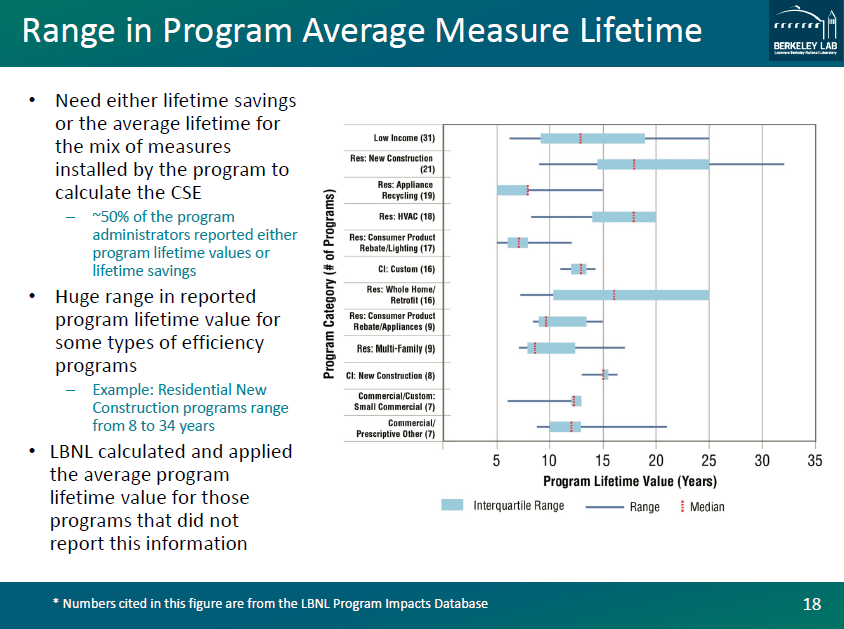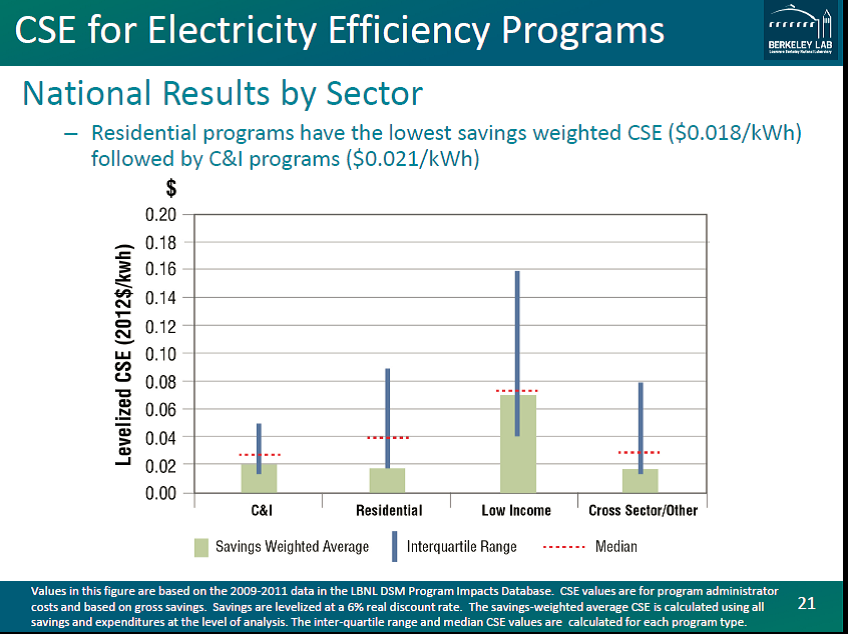By Josh Craft | Tue, May 20, 14
Spring has brought forth a rush of activity on energy efficiency and energy policy in states in the NEEP region. Below is an overview of a major proceeding in New York, a roundup of state legislative and regulatory activity, and a new report on the cost of energy efficiency programs.
New York Energy the Future of Utilities, Distributed Resources
New York State has opened a major proceeding on the future of energy regulation and the electricity grid, entitled Reforming the Energy Vision, or “REV.” The sweeping April 2014 order and proposal issued by the New York Public Service Commission (PSC) will have major implications for the future of energy efficiency, distributed generation, and electric ratemaking in the Empire State and perhaps beyond. PSC Chair Audrey Zibelman said in a statement that New York seeks to “maximize the utilization of resources, and reduce the need for new infrastructure through expanded demand management, energy efficiency, renewable energy, distributed generation, and energy storage programs.” At its core is an attempt to promote more customer-sided resources, including energy efficiency and distributed generation in order to reduce the costs of meeting New York’s peak electricity demand and the state’s carbon emissions.
The REV initiative will touch on six areas of energy policy: customer knowledge, market animation, system-wide efficiency, fuels and resource diversity, system reliability and resiliency, and carbon reduction — as outlined in the PSC order and staff proposal. The REV proceeding will have two tracks: the first will examine the role of distribution companies in enabling new energy resources, which will take place in late spring and early summer. The second track will deal with the type of ratemaking and cost recovery that will enable utility providers to undertake the programs envisioned in track one, and will be launched late this summer and run into the fall.
Additionally, the NY PSC has laid forth a plan in Case 14-M-0094 to create a new Clean Energy Fund that will combine its three major clean energy programs: the Energy Efficiency Portfolio Standard (EEPS), the Renewable Portfolio Standard (RPS), and its Technology and Market Development (T&MD) portfolio. Here, the Commission is seeking to improve coordination between programs and begin the transition away from “exclusive reliance on ratepayer surcharges” and towards tariffs and market-based financing during the next five years. NYSERDA will begin this important undertaking with a stakeholder input process this summer, with an initial proposal due by August 13.
A rough schedule for the proceeding and when the Commission will take public comments is available online. NEEP will continue to monitor these important proceedings and provide further insights in future editions of Highlights.
Legislative Developments
We do our best to monitor legislatures in 12 states to keep tabs on the key budget and lawmaking developments that will impact energy efficiency programs and policy. A full list of the legislation that we track is available here.
Below are a few of the bills we’re keeping a close eye on:
- New Hampshire: The New Hampshire House passed the latest energy efficiency policy measure, HB 1129, which now heads over to the Senate. The bill calls for a commission of legislators to create recommendations for an energy efficiency resource standard, one more step closer to a policy that allows the utilities to substantially increase investments in cost-effective energy efficiency programs.
- Gas Leaks and Infrastructure in Massachusetts: Massachusetts is weighing two bills that would have significant implications for gas infrastructure and system efficiency in the Bay State. S. 2073 would create a process to fix gas leaks in Massachusetts. NEEP has worked with other groups to promote amendments that would improve information about gas leaks and strengthen provisions requiring that those leaks be fixed. Another much broader bill, H. 3968, sponsored by Reps. Mark Cusack and Barry Feingold, seeks to provide for new transmission and pipeline capacity of “clean energy resources” into the Commonwealth. While the bill focuses on large hydropower resources from Canada, it would also provide authority to a regional energy organization to establish a rate-based mechanism to fund new gas pipeline capacity into the New England region. (More about this in our “In Focus” article).
- Oil Heat EE: States continue to search for ways to expand efficiency programs for customers who heat with oil and other unregulated fuels. The Vermont Legislature is considering a bill, S. 202, which would allow its energy efficiency utilities to provide incentives for certain types of electric heating technology, particularly air-source heat pumps. Meanwhile, we await further action in Massachusetts on the oil heat bill, S. 2025. The bill has passed the Joint Energy and Utilities Committee and now awaits action on the floor after both houses finalize work on the state budget.
- EE Funding Diversions: Ratepayer energy efficiency program funds have been continually targeted to diversion to state general budgets, which NEEP views as an improper use of these funds. Legislatures in Maine and New York considered taking efficiency funds again this year, but those efforts were defeated. However, efforts are underway in Massachusetts to take Regional Greenhouse Gas Initiative (RGGI) proceeds away from efficiency programs in order to offset declining tax revenues in communities with aging fossil fuels plants through the state budget. An amendment (64) by Rep. Pat Haddad divert $3 million for such purposes. While the budget passed by the full House does not contain the provision, it is likely to re-surface later this session.
- Appliance Standards: Both Massachusetts and Rhode Island are weighing new packages of state appliance efficiency standards, with H. 3950 and H. 7799 respectively. NEEP has supported these efforts and worked to provide technical assistance to stakeholders working to advance those bills. State standards continue to provide significant savings and help promote federal advancement of national standards for new product categories. Further action is expected on these measures later in the session.
- The Rhode Island Public Utilities Commission (PUC) approved the least-cost procurement plan proposed by the Energy Efficiency and Resource Management Council (EERMC) for 2015-2017, which outlines energy savings goals for National Grid’s energy efficiency programs. The savings goals would rise to 2.6 percent of sales for electricity and remain steady at 1.1 percent of sales for gas by 2017. Budgets and programs are determined in later proceedings.
- Vermont is currently working to set its energy efficiency savings goals and budgets for 2015-2017 as part of its three-year Demand Resources Plan proceeding. The Public Service Board will consider three savings scenarios, including one that would boost energy efficiency savings targets to three (3) percent of electricity sales over the next decade.
- Maryland continues to debate key elements that will shape their 2015-2017 EmPOWER energy efficiency programs. Stakeholders are currently finalizing a framework for cost-effectiveness screening, and then beginning work on the next potential study that will determine what levels of energy savings are achievable.



